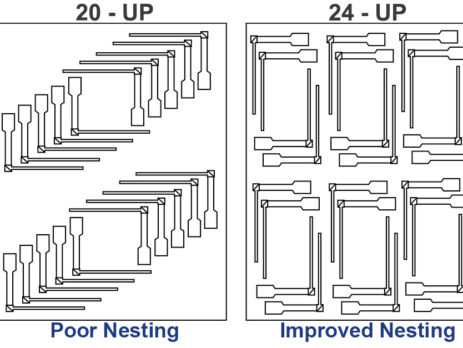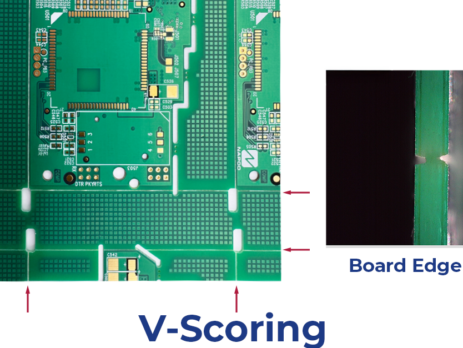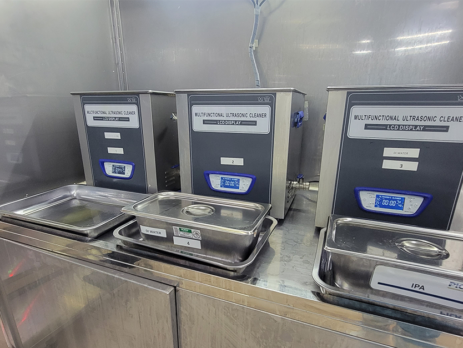Why AOI and Quality Control Matter in PCB and Flex Circuit Manufacturing
Why AOI and Quality Control Matter in PCB and Flex Circuit Manufacturing When it comes to PCB and flex circuit manufacturing, even the most well-designed layout can fail if the build process introduces errors. That’s why quality control—and specifically Automated Optical Inspection (AOI)—is a critical part of every reliable fabrication process. As...




















